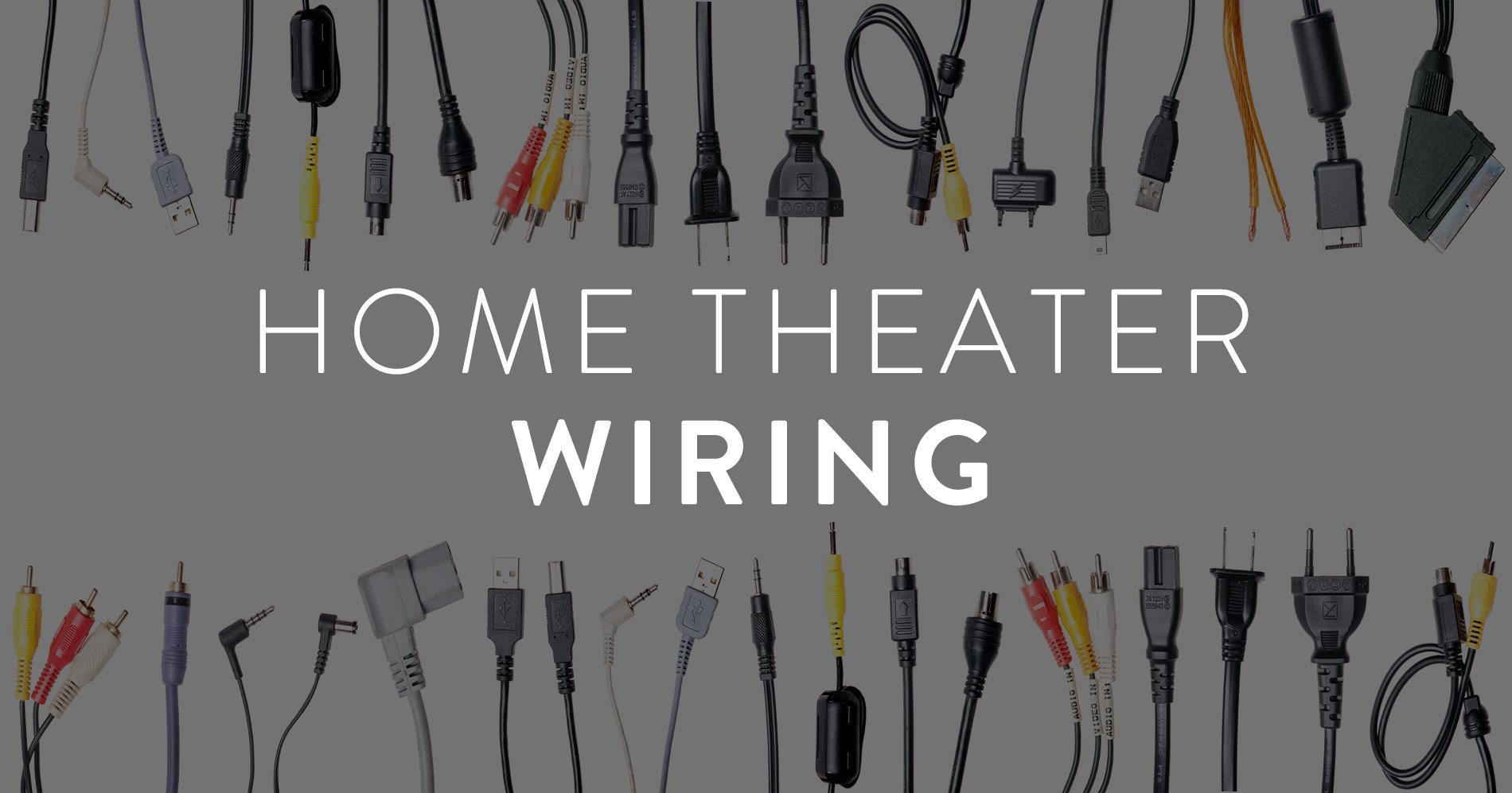Ideal Tactics for Positioning Surveillance Cameras to Improve Surveillance Efficacy
Ideal Tactics for Positioning Surveillance Cameras to Improve Surveillance Efficacy
Blog Article

Placing surveillance cameras effectively effectively remains crucial to enhancing monitoring across various settings, such as homes, businesses, and public areas. The primary goal of surveillance cameras is to deter crime and provide proof during instances of events. To achieve this, it is essential to consider various factors, including surveillance camera location, field of vision, as well as the specific zones that require oversight. By understanding these elements, people as well as entities can develop a thorough surveillance strategy that maximizes the effectiveness of their surveillance systems.
One of the initial steps in placing surveillance cameras involves to determine key areas that require surveillance. Vulnerable areas, such as entry points, exit points, vehicle lots, and areas with valuable items, must be given priority. It also important to consider blind spots, that may be locations that might not be visible from specific angles. By charting out these critical locations, surveillance staff can ensure that every nook remains monitored, reducing the likelihood of illegal actions going unnoticed. Additionally, placing surveillance systems at key points can help form a complete view of the property, allowing for improved total surveillance coverage.
The viewing angle of a surveillance system is another crucial element to take into account. Different types of surveillance systems offer varying ranges of view, that can influence how many space is captured in the footage. For example, broad-view cameras can monitor bigger spaces, making them ideal for spacious locations, whereas pan-tilt-zoom cameras can be modified to focus on specific features. When positioning surveillance systems, it is important to select the appropriate type based on the location being observed. This ensures go right here that the camera can record clear images and offer valuable information in the event of an incident.
Elevation and angle of installation also have a crucial part in the efficacy of security cameras. Cameras should be mounted at a height that is out of reach of possible interference but also allows for clear visibility of identifying features and additional recognizable features. A common recommendation is to install cameras at least 8 to 10 ft off the ground. Additionally, the tilt at which the system is set can affect its ability to capture important details. Cameras should be angled to reduce reflection and avoid obstructions, ensuring that they can record sharp video at all times.
Finally, routine upkeep and updates to the surveillance camera are essential for sustained effectiveness. This includes inspecting system performance, wiping optics, and making sure that software is up to date. Frequent evaluations of the surveillance strategy can assist detect any new blind spots or locations that might require additional monitoring. By remaining proactive and implementing required adjustments, individuals and organizations can enhance their surveillance efficacy and ensure that their surveillance solutions continue to fulfill their intended purpose.